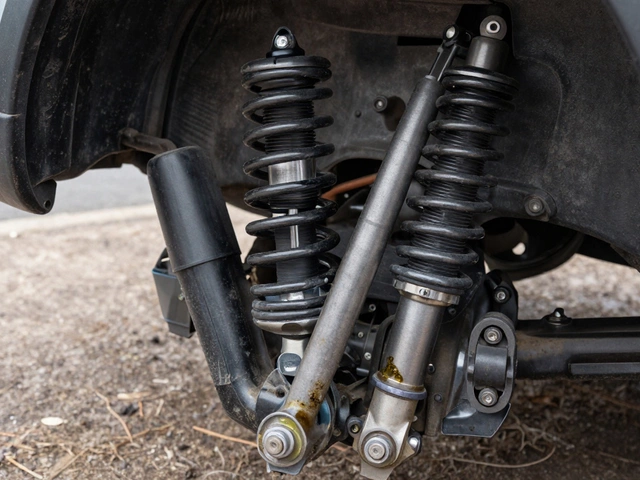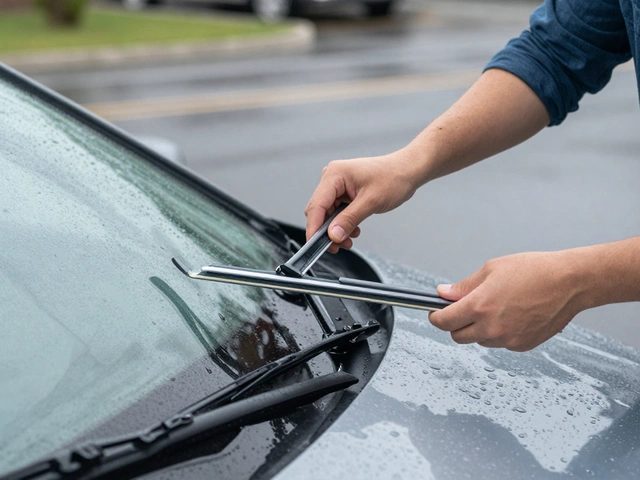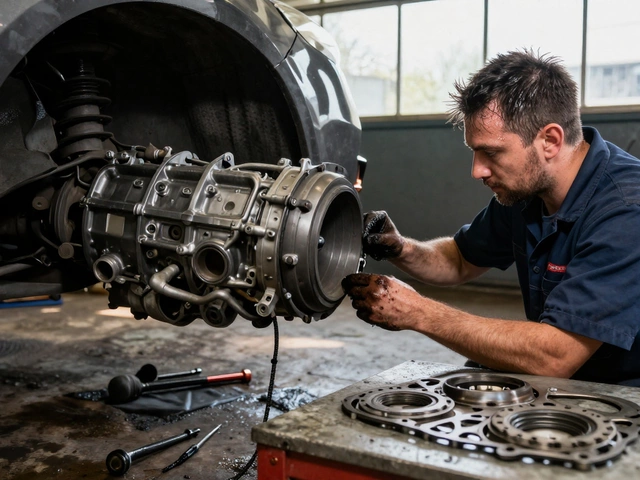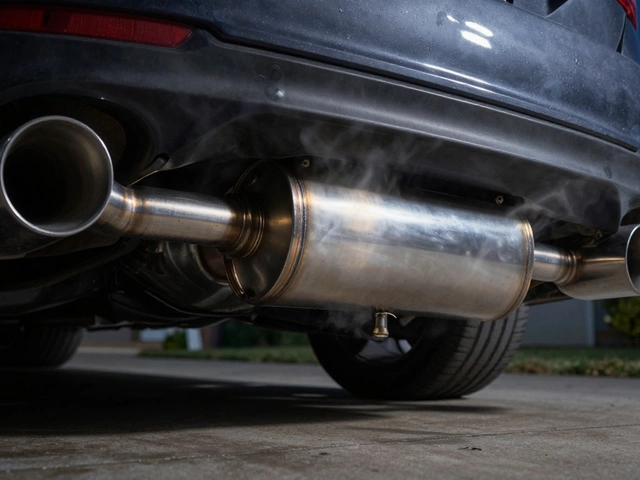Motorcycle Performance: What Really Matters and How to Improve It
When we talk about motorcycle performance, how well a bike accelerates, handles, and responds under rider control. Also known as bike power delivery, it's not just about loud exhausts or flashy paint—it’s the balance of engine output, suspension control, and braking efficiency. Too many riders chase noise or looks, but real performance comes from what’s happening under the hood and beneath the wheels.
Take the exhaust system, the path exhaust gases take out of the engine. A properly tuned exhaust doesn’t just make your bike sound mean—it can boost horsepower and torque. You don’t need a full race kit. Sometimes, swapping a stock muffler for a quality cat-back system gives you a noticeable gain without losing street legality. And if you’re running a high-output engine, matching your exhaust size to your horsepower matters. A 300 HP bike needs a different pipe diameter than a 100 HP cruiser. It’s science, not guesswork.
Then there’s the suspension diagnostics, the process of checking how well your bike absorbs bumps and stays stable during cornering. Worn shocks don’t just make the ride bumpy—they hurt your control. If your front end dives hard under braking or the rear bounces over small bumps, your suspension is failing. That’s not just uncomfortable—it’s dangerous. And it affects how your tires grip the road, which ties directly into how your brakes perform. Speaking of brakes, worn brake rotors, the metal discs that brake pads clamp onto to stop the wheel can mean longer stopping distances, even if your pads are new. You don’t always need to replace them, but you do need to check for warping or deep grooves.
And let’s not forget the heart of it all: the engine. A clean engine oil level, the amount of lubricant circulating inside the engine to reduce friction and cool parts is critical. Too little? You risk seizing. Too much? It creates foam and reduces power. Checking it regularly isn’t just maintenance—it’s performance tuning. Oil that’s old or dirty turns into sludge, and sludge kills throttle response. Your bike won’t feel sluggish because it’s "old"—it’ll feel sluggish because you haven’t changed the oil.
None of this is about spending big. It’s about knowing what to check, when to check it, and what actually moves the needle. You don’t need a dyno tune to feel a difference—sometimes, just fixing a leaky air filter or tightening a loose chain does more than a new exhaust. The posts below give you real, no-fluff guides on exactly these things: how to spot failing shocks, when to replace rotors, how exhaust changes affect power, and why oil level isn’t something you can ignore. These aren’t theory pieces. They’re the checks and fixes that keep your bike running sharp, day after day.





